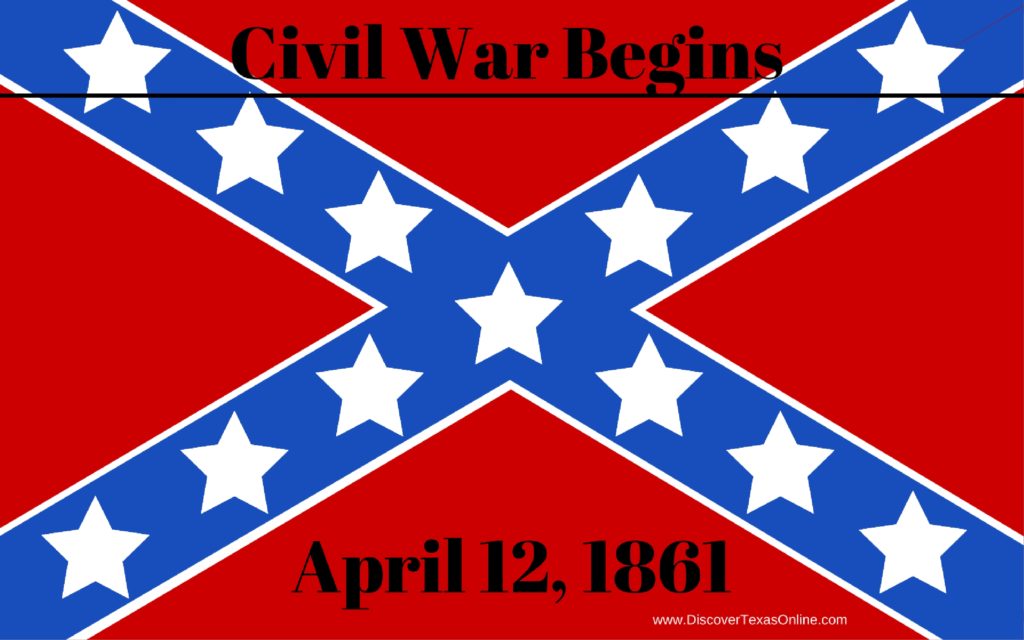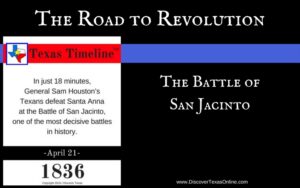
In the 1830s, Great Britain ended their practice of human slavery without bloodshed, but in the United States the controversy had become more and more heated since the earliest days of the Constitution. At issue was not only the question of whether slavery should end, but when…and how…and how newly recognized citizens would be counted for representation and equipped to succeed.
The Northern states had few slaves and little reliance upon them, yet the heavy concentration of votes in these states meant that the decision-making process was controlled by those who would be least affected by the decisions they made.
The Southern states resented the heavy hand of centralized government and believed it was the right of states to decide how to deal with issues the Constitution had not expressly placed under the authority of the federal government.
Unable to reach a unified consensus, 13 Southern states withdrew from the Union and formed their own confederacy. Texas was one of those states. The new Confederate government insisted that the states had a right to secede and had done so legally. They demanded that all U.S. military troops leave Confederate territory. Fort Sumter, in Charleston, South Carolina, was one of the military installations occupied by United States troops. The Confederates made a formal demand for its surrender. When the demand was refused, Confederate forces fired on the fort.
The date was April 12, 1861. The War Between the States had begun.
Teaching Tip:
Learning this short poem can help your students remember key events in the Civil War–
In eighteen-hundred sixty-one the Civil War had just begun.
By the Spring of sixty-two, the slaves were free like me and you.
At Gettysburg in sixty-three the rebels’ course was turned.
Sherman marched in sixty-four, and all of Georgia burned.
By April eighteen-sixty-five
the soldiers who were left alive
decided that the war must end
and they began to build again.


